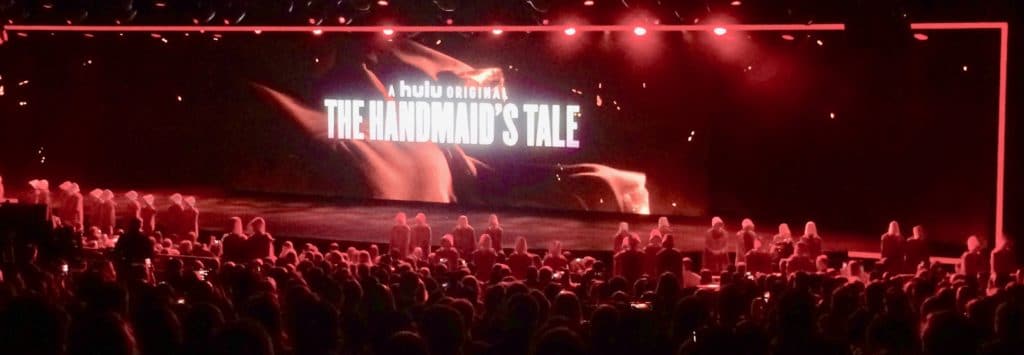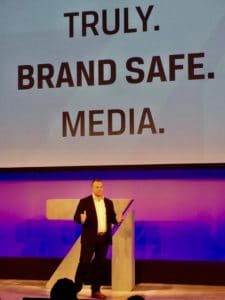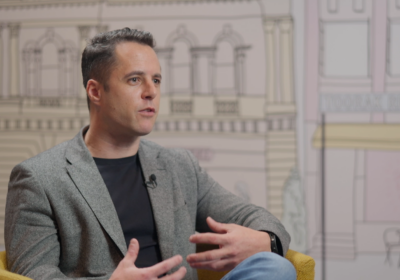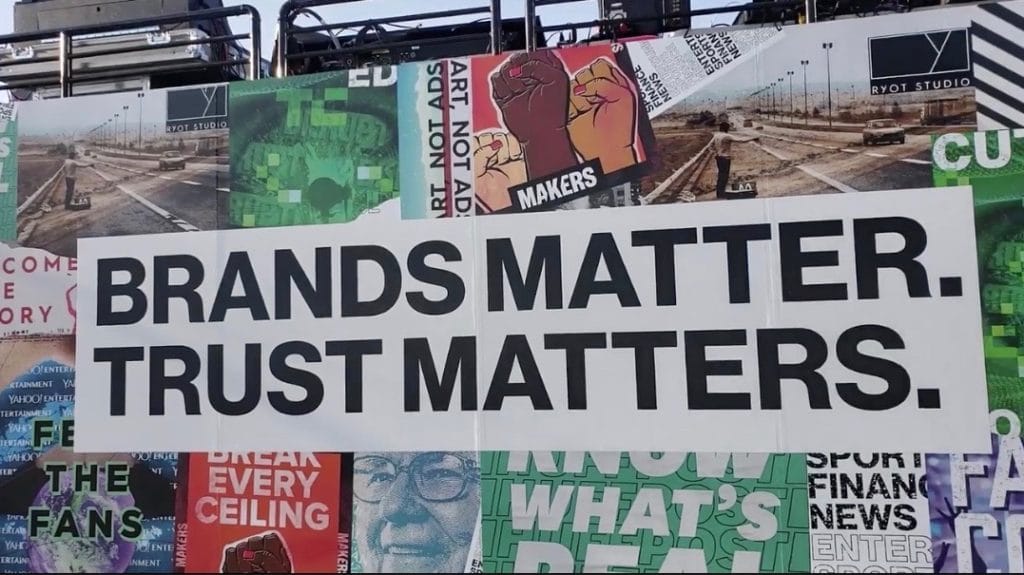In a post-truth, post-media environment “everything is on the table” when it comes to engaging consumers, whether it is new content formats or messages that don’t shy a way from taking sides on issues. That was the consensus from the annual Digital Content NewFronts, as media companies, brands and agencies agreed digital content is now setting media trends, rather than following them.
The old ad models don’t apply anymore, said Mark Lavallee, R&D director of the New York Times Co. With the rise of augmented reality, voice and other conduits, platforms like the Times are looking for marketers willing to look beyond traditional media as partners.
“Everything is on the table,” said Lavallee. The New York Times is betting on TV and voice as new sidelines, and is looking to develop new TV properties based on some of its features, such as its “Overlooked” series of obits and its “Modern Love” essays. The company signed a production deal with TV and movie studio Anonymous Content earlier this year and has announced a Netflix series, “Diagnosis” based on its medical column.

The presentations kicked off the day mobile carriers T-Mobile and Sprint announced an agreement to merge to consolidate the U.S. mobile market into three mega carriers, but reach played second banana to content during NewFronts week. The talk instead centered on quality, brand safety and pinpoint targeting of audiences.
“Brands matter. Trust Matters,” said Oath CEO Tim Armstrong, welcoming buyers to the Newfront of the former AOL, now merged with Yahoo inside Verizon. Just as the player card of the NewFronts is in flux, so is the market the platforms are operating in, several speakers noted.
The end of TV as we know it
Most online platforms have now pivoted to video. Even publishers with extensive print legacies like Conde-Nast and The New York Times announced slates of video production that dovetail with television programming. But this doesn’t mean linear TV can lower its guard—streaming is ready to overtake traditional network TV this year.

“This is the future of TV, where all of your brands will live,” said Ben Smith, Hulu’s head of experience. The company made no apologies; in the sizzle reel opening its presentation it announced that “the future of our industry is not in the future, it’s on” and declared the lines between TV and digital video aren’t blurred, they are gone. Hulu went on to announce it has launched the ability to download content—with ads—to watch offline, even as it expanded its live streaming offering.
Indeed, a study released by media agency GroupM during the NewFronts found time spent with online media will overtake linear TV this year. Marketer spending is already moving in the same direction, according to a study also released at NewFronts by the IAB; it found U.S. advertisers will spend more than $10 million in digital and mobile video, up 53% from 2016.
One of the only differences among platforms was in which device they expect to serve most video streaming: either the mobile phone or smart TVs in the home. Mobile is the new TV for younger generations, said Frank Maguire, head of market development at Sharethrough. “They’ve already hit that tipping point,” he said.
Mobile viewers usually watch with the sound off and most mobile-consumed content is discovered on the user’s feed. This is going to force marketers to shift to different ways of serving ads, said Maguire: “Advertisers have to think about how they design ads for the feed and not for the couch.”
Young people do watch on phones, but as they age and get to a home where they control the TV “you want to watch the best type of content on the best type of screen,” said Tal Chalozin, CTO of Innovid. Over-the-top or “skinny bundle” services offering cable or satellite channels online are a big part of the growth in online video, said speakers.
“OTT has really taken off,” said Kristina Sruoginis, research director at the IAB. The group’s study showed 66% of advertisers plan to shift some of their spending from TV ads to digital video.
Doubling down on content
In a year when “post-truth” became a dictionary term, many presenters stressed a double barreled message: marketers have to stress brand safety, but neutrality is a non-starter in today’s society.
Brand safety was a topic in nearly all presentations during the week. Marketers have been on alert about the placement of their online ads over the last two years, as several studies have raised serious questions about ad fraud and viewability. The controversy peaked last summer when published reports found brand spots running as preroll ads on terrorist videos and other questionable content.

“Context is everything,” said Peter Leeb, EVP partnerships at Studio71. The platform—which works with creators ranging from actor Dwayne “the Rock” Johnson to YouTube personality Hannah Hart—has added an automation-assisted review process where AI technology scans data for 3,000 keywords and images to remove questionable videos and the rest are then reviewed by humans for content and context before they are posted.
Most presenters at NewFronts touted their brand safety measures and applications of data and machine learning to ensure it. The New York Times Co. has used machine learning and AI to parse content and better understand what its audience wants and even launched a Project Feel, to build a model that can predict which emotions an article can evoke in readers, said Chris Wiggins, chief data scientist. Another product called Neutrality Targeting allows media buyers to exclude content that targets certain emotions; it can be used to exclude polarizing content during the upcoming political season, he noted.
Conversely, “it’s a minefield out there” for brands, with empowered consumers demanding they take a stand in one way or another, said Scott Donaton, chief content officer at Digitas. “There’s an elephant in the room and it has its own hashtag,” he said.
“It has never been more important for brand leaders to stand up for what matters,” said Nola Weinstein, global head of culture and experiential at Twitter. “Consumers today are seeking guidance, They’re craving hope… and meaningful connections.”
The purpose-led consumer has become a truism in the industry, said many of the NewFront speakers. “It is definitely time for brands to take a stand and for us and other agency partners to help them do so” said Michael Kahn, global brand president of Digitas North America. “If you stand for nothing, you’ll be looked at as nothing.”





Join the conversation